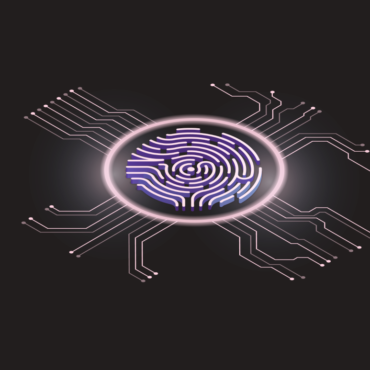Autonomous vehicles are able to interact with surrounding objects and vehicles, but they are not immune to attacks
Cape Business News, March 2, 2021
The emergence and spread of 5G to a degree influenced the development of other technologies, for example, the same IoT, smart devices, without which it will soon be difficult to imagine an ordinary home. Thanks to 5G, even the most basic smart devices are able to connect to the Internet quickly and reliably. This development in cellular technology, however, has influenced not only the ability of smart kettles and toasters to work more productively: the automotive industry in particular C-V2X and autonomous vehicles have also been influenced.
C-V2X, or cellular vehicle-to-anything, is a system that allows smart vehicles to interact with each other and surrounding infrastructure using cellular communications.This system allows not only to increase the level of comfort while using a transport vehicle, but also improves the safety and autonomy of the vehicle using a variety of sensors. The safety and trustworthiness of autonomous vehicles is achieved through high autonomy. This also requires a well-coordinated work of the entire system and the timely exchange of data within it and with sensors of other vehicles. 5G, in this case, enables fast interaction between sensors.
However, such technologies also increase the risk of cyberattacks, as criminals can now command a vehicle remotely, while they previously required physical access.To do this, you must either take advantage of the existing vulnerability, or make a hack yourself, for example, through systems that provide software updates. And in spite of everything, car owners still need to think about possible attacks made by physical access. For this reason, the physical security of road transport should never be neglected.
One way or another, there are many ways to attack autonomous vehicles, and it is the responsibility of manufacturers to provide their customers with the safest vehicles.
Business Day, March 2, 2021
The automatic face recognition system is a very useful tool, the use of which is widespread. However, as its popularity grew, so did the number of doubts about the security and ethics of the technology itself. Facial recognition systems have been presented for a long time – by futurist writers, and this was at that time one of the main features inherent in those works. It seems that we are now living the life that we predicted earlier – we have smart facial recognition systems, self-driving cars and a mind-controlled prosthesis.
The face recognition function is far from a new phenomenon, although this technology is really widespread right now. The first such systems, called computer-assisted facial recognition, appeared back in the 1960s.They were replaced in the ’90s with software for automated facial recognition (AFR).
Nowadays, many devices that we use on a daily basis have the function of recognizing faces. In this regard, the issue of privacy and ethics is especially acute.



